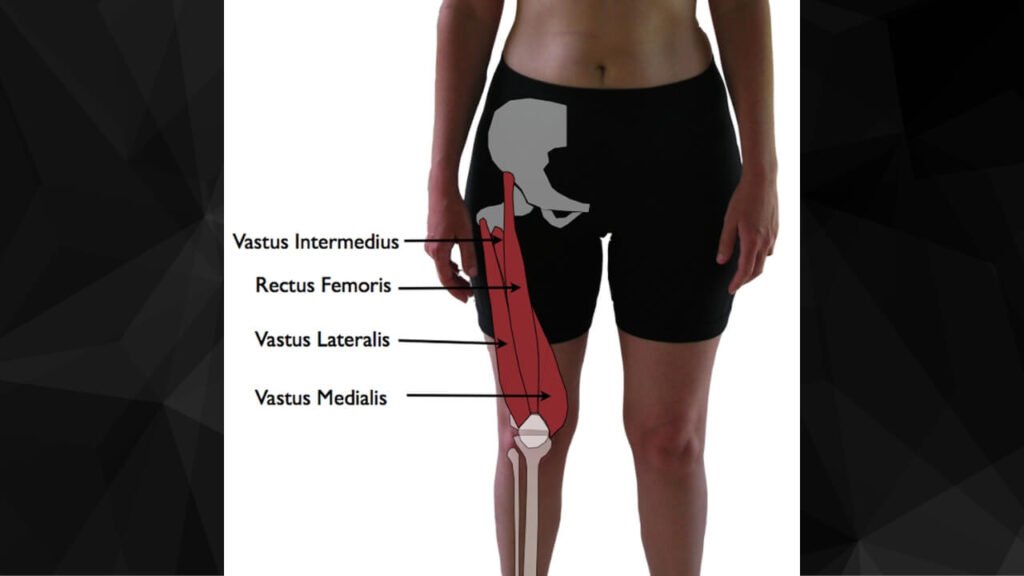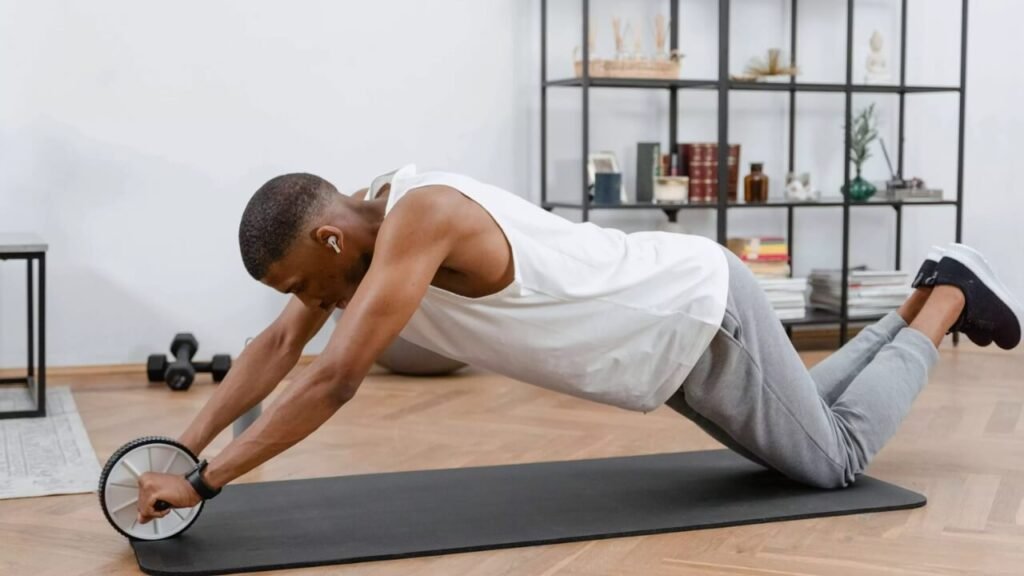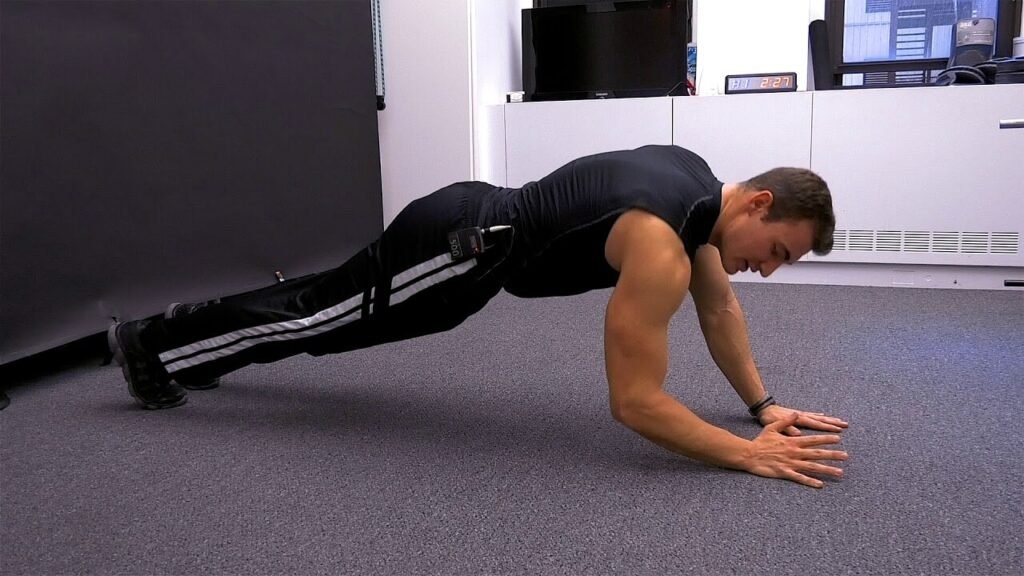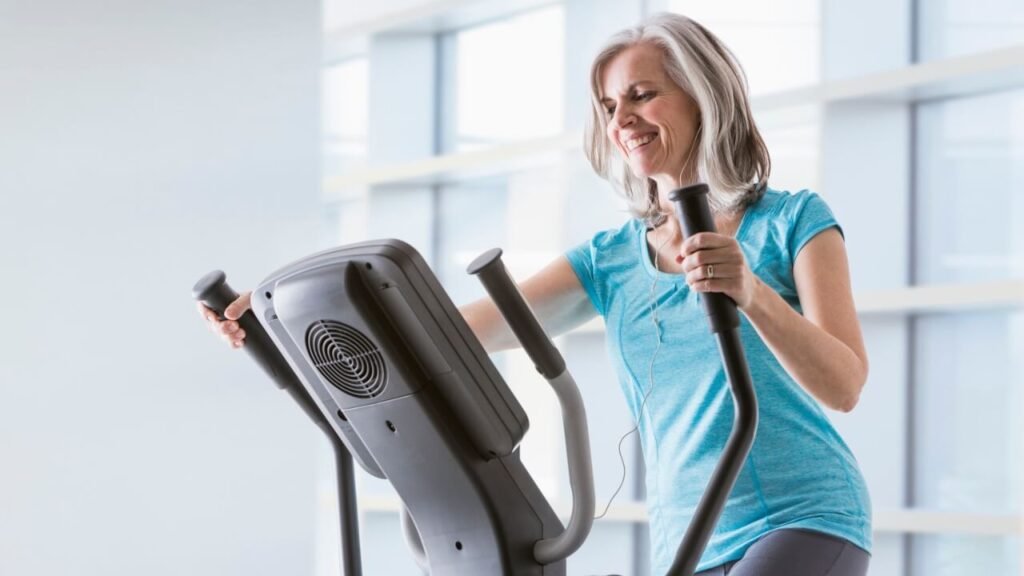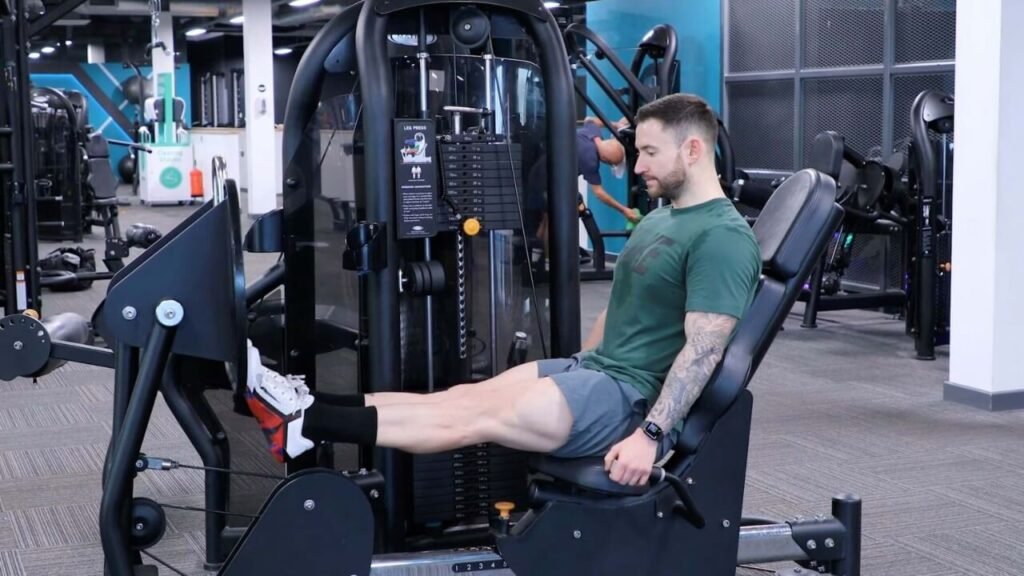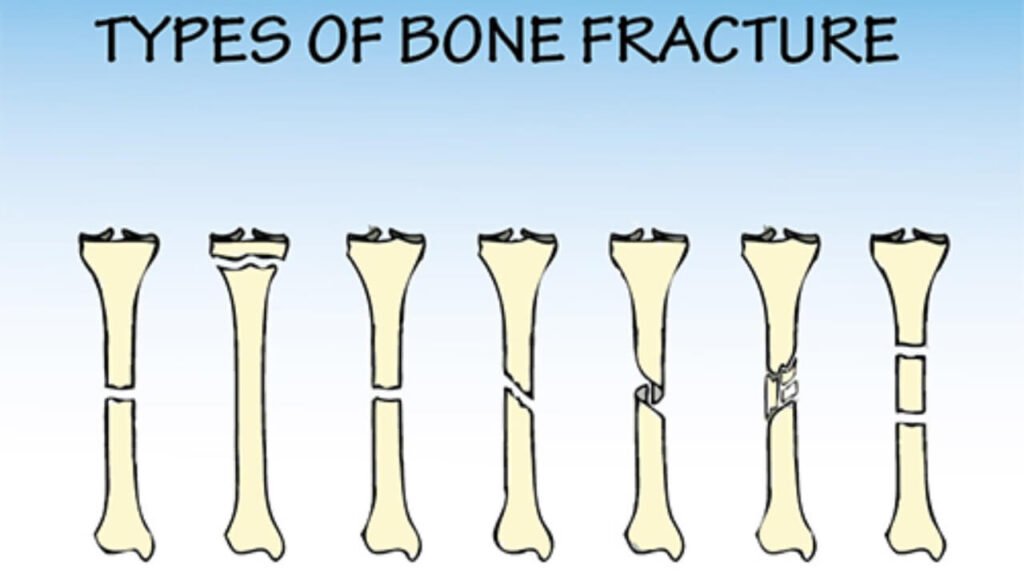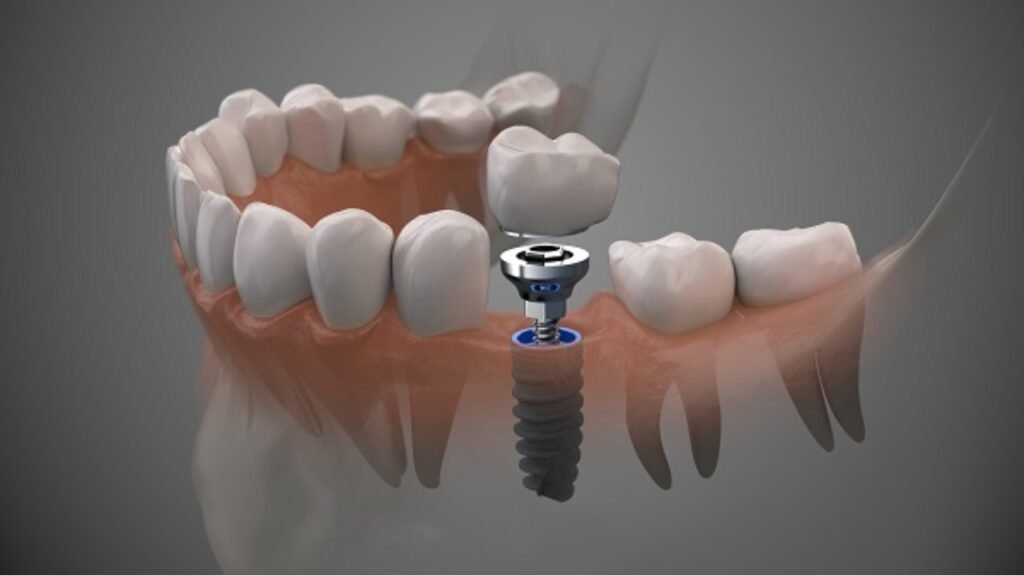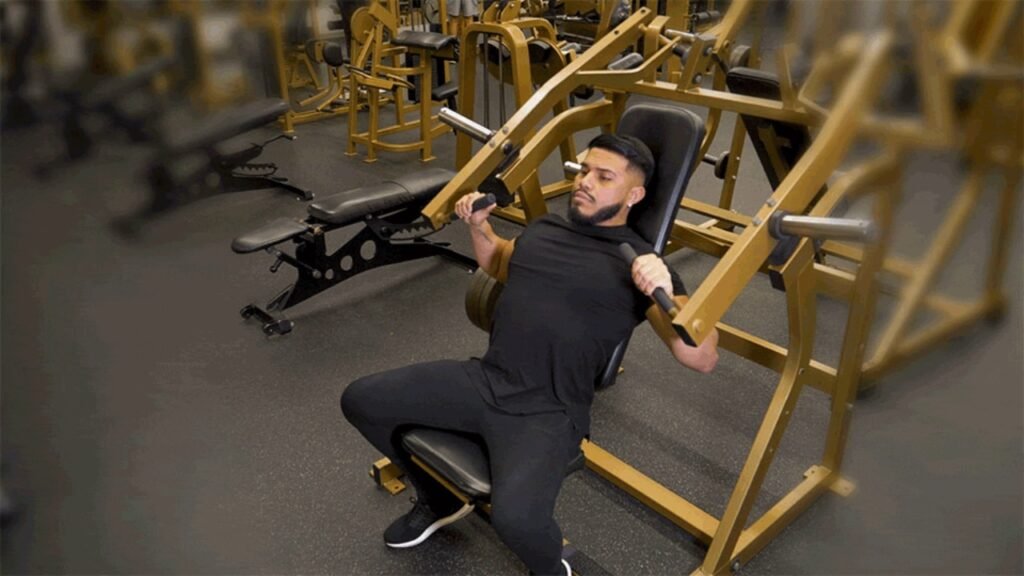“Stability Ball Pregnancy Workout: A Mom’s Best Friend!”

Pregnancy is a lovely and transformative experience, but it also comes with its own set of challenges. Expecting moms often find that their bodies change in ways they never anticipated, leading to discomfort, muscle tightness, and even difficulty with everyday responsibilities. However, staying active during pregnancy has numerous benefits, from improving posture to relieving stress and anxiety. One of the best tools for pregnancy workouts is the stability ball. Stability ball pregnancy workout can offer a low-impact way to stay fit while addressing common pregnancy-related discomforts. In this blog, we’ll explore the benefits, safety precautions, and the best exercises you can do with a stability ball during pregnancy.
What is a Stability Ball, and Why Should You Use It During Pregnancy?
A stability ball, also referred to as an exercise or Swiss ball, is a large inflatable ball typically used in fitness routines to improve strength, balance, and flexibility. The instability created by the ball engages multiple muscle groups simultaneously, providing a full-body workout that is gentle on the joints. For pregnant women, this type of exercise can be a game-changer, as it helps strengthen core muscles, support posture, and relieve the strain of carrying extra weight in the abdomen. But why is it so ideal for expecting moms?
The primary reason stability balls are recommended for pregnant women is that they support balance and reduce stress. Many traditional exercises can put unnecessary strain on the lower back and joints, especially as the body goes through its changes. A stability ball allows for a range of gentle movements that promote flexibility and mobility while minimizing the risk of injury.
The Benefits of Stability Ball Pregnancy Workouts
1. Improved Posture and Balance
Pregnancy often leads to shifts in posture due to changes in the center of gravity. As the baby grows, many expecting moms experience lower back pain and a sagging posture. Stability ball exercises can help engage and strengthen the muscles responsible for maintaining good posture, such as the core, back, and pelvic muscles. By regularly using the stability ball, pregnant women can reduce the likelihood of back pain and discomfort that comes from poor posture.
2. Relief from Common Pregnancy Discomforts
The extra weight carried during pregnancy can put added strain on the hips, pelvis, and lower back, leading to discomfort and fatigue. Stability ball exercises are gentle enough to provide relief from these common pregnancy complaints, such as sciatica, swelling, and muscle stiffness. The movements promote blood circulation and help alleviate pressure from key areas, offering a soothing effect on the body.
3. Enhanced Flexibility and Strength
While traditional exercises can sometimes feel too intense during pregnancy, stability ball exercises are flexible and can be tailored to fit each stage of pregnancy. Exercises performed on a stability ball can help maintain or even improve flexibility and strength in various muscle groups, such as the hips, legs, and core. Strengthening these areas is crucial as they support the body’s changing structure during pregnancy and prepare the body for labor.
4. Better Breathing and Stress Relief
Pregnancy can be physically and mentally challenging. Many expecting mothers experience increased stress levels or find themselves becoming more anxious about the changes in their bodies. Stability ball exercises often involve deep breathing techniques, which can help promote relaxation and reduce stress. The gentle movements also help to stretch out tight muscles, further contributing to overall relaxation and a sense of well-being.
Safety Guidelines for Stability Ball Pregnancy Workouts
Before diving into a stability ball pregnancy workout routine, it’s essential to keep safety in mind. Always consult with a healthcare provider before starting any exercise regimen, especially during pregnancy. That said, here are some key safety tips to ensure a safe and effective workout:
1. Choose the Right Size Ball
Stability balls come in different sizes, and selecting the correct one is essential for comfort and stability. When sitting on the ball, your knees should be level with your hips, with your feet flat on the ground. This ensures proper posture and balance. A ball that’s too large or too small can lead to discomfort or cause strain during exercises.
2. Start Slow and Listen to Your Body
Pregnancy workouts should never be rushed. It’s important to start slow and gradually increase the intensity as your body adapts. Pay attention to how you feel during and after each exercise. If you experience any pain or discomfort, stop immediately and consult your doctor.
3. Stay Hydrated and Take Breaks
Staying hydrated is crucial when exercising, especially during pregnancy. Be sure to drink plenty of water before, during, and after your workout. Take breaks as needed to avoid overexertion and keep your body in optimal condition.
4. Avoid High-Risk Movements
While a stability ball workout is generally safe, certain movements may become more challenging as your pregnancy progresses. For example, deep twisting motions or exercises that involve lying flat on your back should be avoided after the first trimester. Stick to more basic movements like pelvic tilts, hip circles, and seated exercises that won’t put excess pressure on the abdomen.
Top Stability Ball Pregnancy Exercises
1. Pelvic Tilts
Pelvic tilts are a fantastic exercise for relieving lower back pain and strengthening the pelvic floor muscles. To perform a pelvic tilt, sit on the stability ball with your feet flat on the floor and your knees bent at a 90-degree angle. Slowly tilt your pelvis forward and backward, engaging your abdominal muscles as you move. Repeat for 10-15 repetitions, focusing on controlled movements.
2. Hip Circles
Hip circles are a great way to improve mobility in the hips and lower back. Sit on the ball with your feet firmly planted on the ground. Gently move your hips in a circular motion, first in one direction and then the other. This exercise can help ease tension in the hips and lower back while improving flexibility.
3. Seated Marching
Seated marching on the stability ball is an excellent way to strengthen the core and hip flexors. Sit on the ball with your back straight and feet flat on the floor. Lift one leg at a time, mimicking a marching motion, while keeping your abdominal muscles engaged. Perform 10-15 repetitions on each leg.
4. Squats
Squats can be performed with a stability ball against the wall to improve leg strength and stability. Position the stability ball against a wall, place your feet shoulder-width apart, and slowly squat down, keeping your back straight. Be sure to push through your heels as you return to a standing position. Squats help tone the thighs and strengthen the legs, which are essential for carrying the weight of pregnancy.
Expert Advice on Stability Ball Pregnancy Workouts
Dr. Emily Johnson, a certified prenatal fitness instructor, states, “Using a stability ball for pregnancy workouts is an excellent way to maintain balance and posture, while also strengthening key muscles that support your growing belly. When used correctly, it can help alleviate many of the discomforts associated with pregnancy, such as back pain and leg swelling, without putting undue strain on the body.”
Conclusion: Embrace Stability Ball Pregnancy Workouts for a Healthier Pregnancy
Stability ball pregnancy workouts are an effective and safe way to stay fit during pregnancy while addressing common discomforts and promoting overall well-being. By incorporating stability ball exercises into your routine, you can improve your posture, increase flexibility, reduce back pain, and prepare your body for labor. As always, it’s important to consult with your healthcare provider before starting any exercise program and to listen to your body throughout the process. By following the proper guidelines and performing the recommended exercises, you’ll be well on your way to enjoying a healthier, more comfortable pregnancy.
By maintaining an active lifestyle with stability ball exercises, you can not only ease the challenges of pregnancy but also support your body in its preparation for labor and beyond. Keep moving, stay healthy, and embrace the changes that come with this beautiful journey!












